Trees: Organic Life for Your Homestead
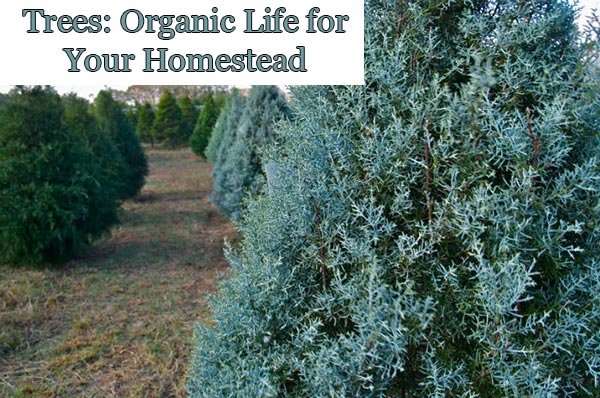
Adding trees to your property is “organically” a good idea – meaning, it is one essential “part” of the “whole” that makes up homestead living. Without the best choices, something is missing. The four main things to look for when choosing homestead trees are beauty, usefulness, utility, and privacy.
When approaching your homestead, it is nice to have the welcoming wave of trees. Remember Twelve Oaks in Gone With the Wind? Okay, maybe I’m dating myself, but look it up – all those majestic oaks lining the lane. You may not have a homestead on the level of a “southern plantation,” but you can certainly have the charm and welcome atmosphere of one. The Arbor Day Foundation has excellent information that will help you achieve your goals. One good place to start is to learn about how trees can attract songbirds and wildlife. Part of the appeal of a homestead is to be truly able to enjoy nature, and this just isn’t entirely possible without animals. Here are some suggestions for planting trees on your homestead:
Usefulness
According to the Arbor Day Foundation, “Having a wide variety of trees with high food value is the single best way to increase your pleasure from viewing wildlife.” Champion wildlife feeders include the summer fruits: Cherries, Dogwoods, Plums, and Apricots. Fall and winter fruits include: Apples, Crabapples, Dogwoods, Hackberry, Hawthorns, and Mountain Ash. Trees that produce nuts and acorns are: Butternut, Black Walnut, Chestnuts, Hazels, Hickories, Oaks, Pecans. Finally, there are the trees that have seeds: Ashes, Birches, Firs, Hemlock, Maples, Spruces, and Sweetgum. “These are especially important to help wildlife through the worst part of the year and to save early arriving summer birds that get caught in late-season snowstorms.” In addition to feeding wildlife, you will want to feed yourself, and no homestead would be complete without an orchard. Apple and plum trees are always tasty as well as beautiful; however, since these are plentiful and varied from the market, pears and peaches may be a good choice.
Pear
- The common pear tree grows in the spring and summertime, and their white pear blossoms form in early spring. Pears form and ripen in the summer. Pear trees require moist, well-drained soil and full sun. Recommended varieties, such as, Harrow Sweet Magness, and Luscious are nice for zones 4 to 8 of the USDA’s Plant Hardiness Zones.
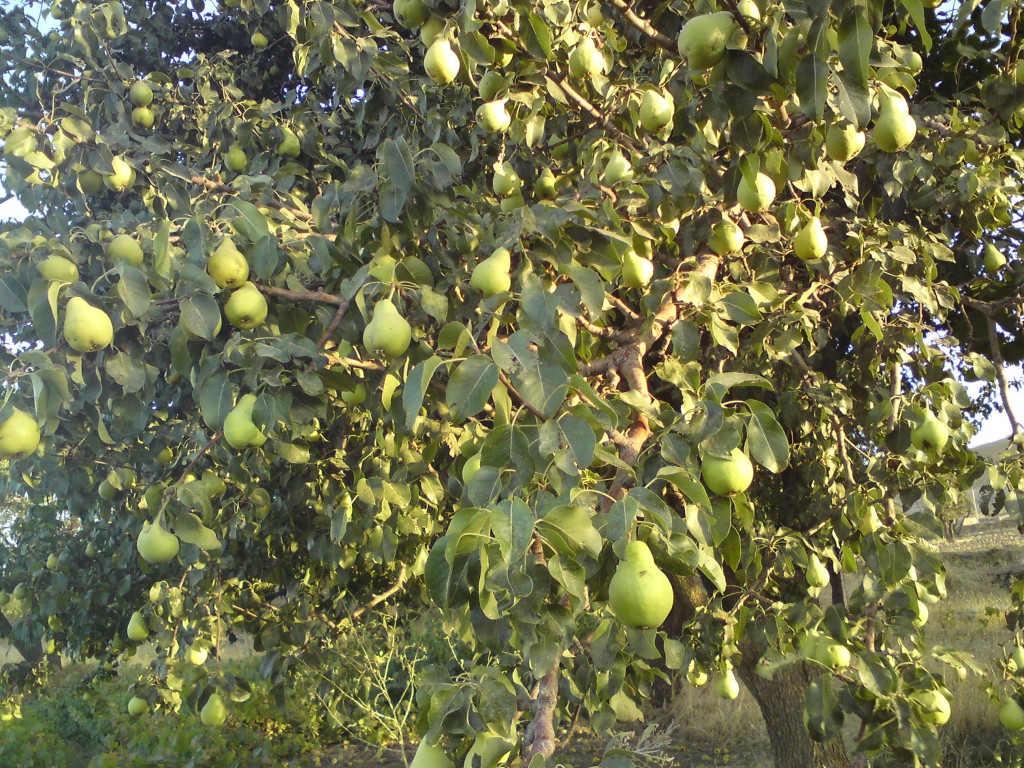
Peach
- Peach trees grow up to 25 feet in height and require full sun and moist, well-drained soil conditions. According to the National Gardening Association, peach trees grow in zones 4 to 8 of the USDA’s Plant Hardiness Zones. The University of Nebraska suggests varieties such as Madison and Red Haven.


Utility
According to Green Living Expert. Marc Lallanilla, “A wind break helps to stabilize the temperature in your yard and your house in two ways. First, wind speed is reduced in winter, which keeps warm air inside your house. Second, shade trees in summer keep the house temperature lower, thereby lowering energy costs from airconditioning and cooling.” If your homestead is anywhere in the Midwest or the Great Plains, you know the power of the wind, so doing whatever possible to lessen its impact on your home is important. Check out the following link to the Arbor Day Organization. If you have a question about trees, these are the people to contact, and they have wonderful ways to obtain trees far more reasonably than almost anywhere. This is important if you need a significant number of trees for a windbreak. How to Plant a Windbreak to Conserve Energy – Climate Change at …www.arborday.org
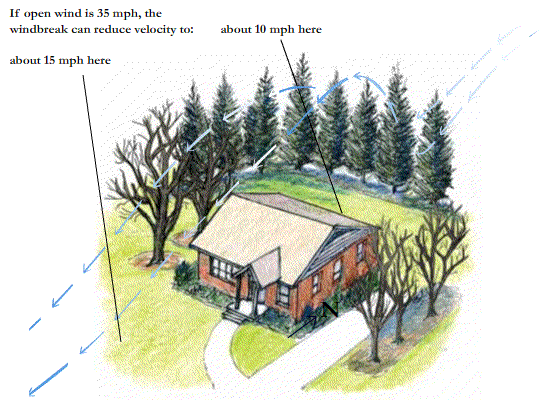
Privacy
One of the best things about homestead life is the privacy factor – being able to sit out on the deck with a hot morning coffee in your skivvies. In order to do that one must have the perfect windbreak. Of course, it also works well to stop the strong prairie winds. Here are some of the best hardy choices for your homestead.
Cypress
The lovely ‘Blue Sapphire’ Cypress forms a thick privacy screen, and it is one of the most drought tolerant of any evergreen! There is no need to worry about heat waves and water restrictions, and it is adaptable to various soil types. According to the Arbor Day Foundation, “Planting a row of conifer trees on the north and northwest sides of your property creates a wall against cold winter winds – saving your heating costs by up to 30%.”
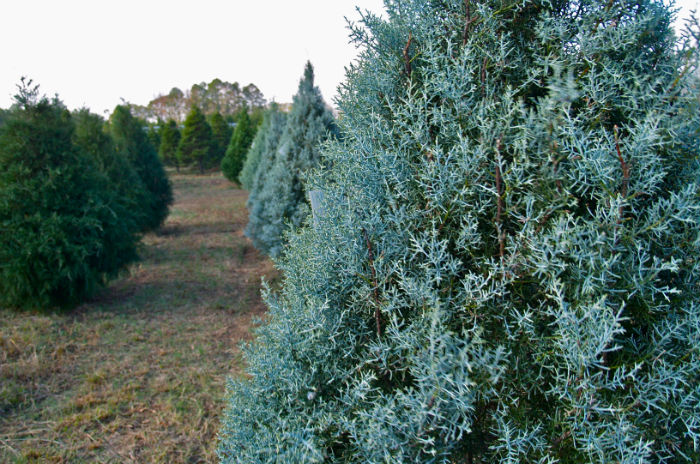
Beauty:
Pin Oak
- The Pin oak tree has a pyramidal shape in its early years, and changes into an oval as it matures and loses lower branches. In wet soil and full sun, it can grow more than 25 inches a year. It has glossy green leaves that change to bronze, russet, and bright red before falling in autumn. Pin oaks reach up to 70 feet tall with a 45-foot spread that creates cool, shady spots.
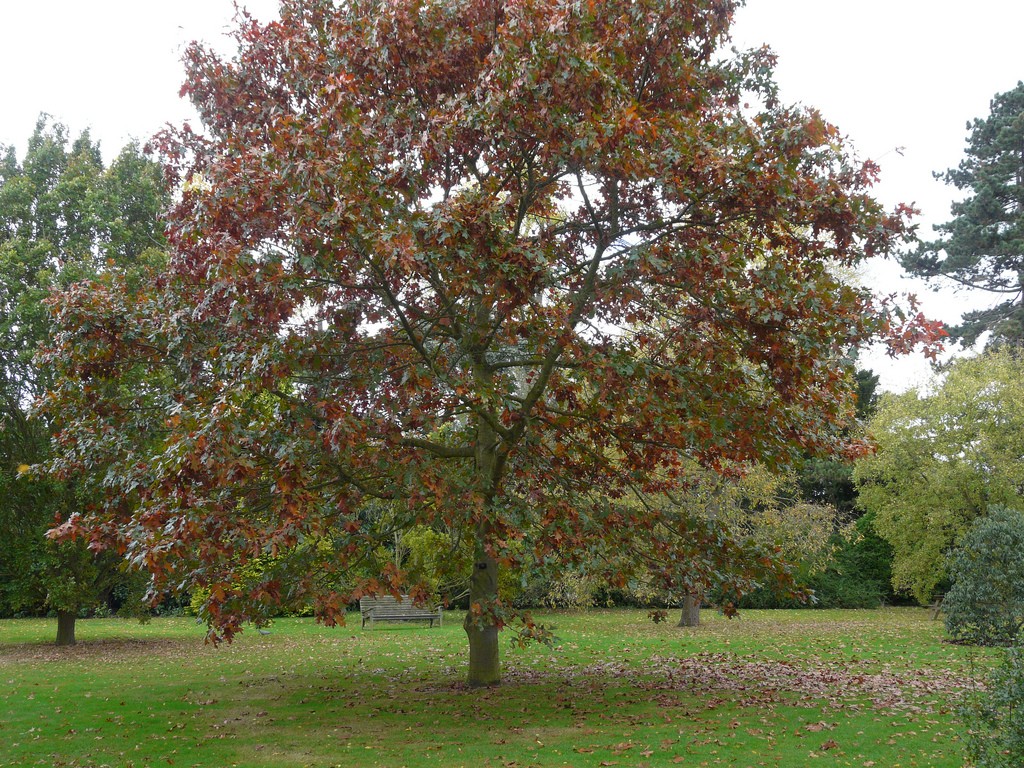
Serviceberry
- Serviceberries are great specimen plants that work well with almost any landscape. Brilliant white flowers
in early to mid-spring precede clusters of berries that birds love, and they can be used in pies. They grow to
a height of 20’ and 15’ wide. Fall color is a spectacular
red/orange. A problem-free tree!
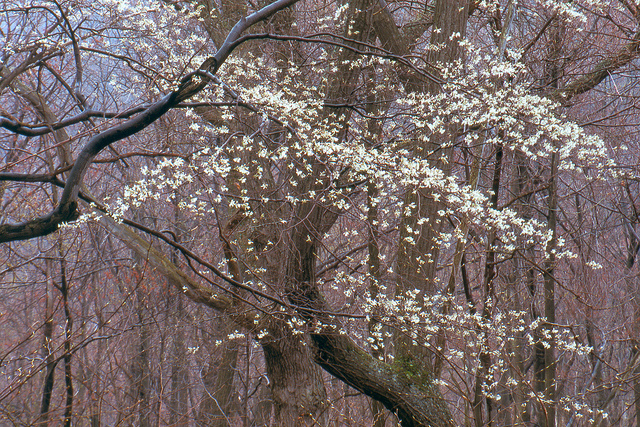
With a fully arbored homestead, you can watch the beautiful change of deciduous leaves, eat a sweet peach cobbler
with a strong, creamy coffee behind your own green privacy screen – in whatever you want to wear – or not
 Home and Gardening Ideas At home and Gardening ideas we believe inspiring readers about homesteading, self sufficiency
Home and Gardening Ideas At home and Gardening ideas we believe inspiring readers about homesteading, self sufficiency
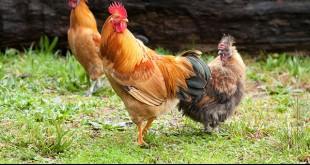
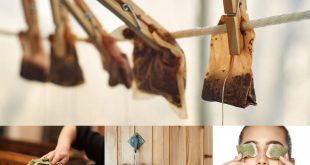

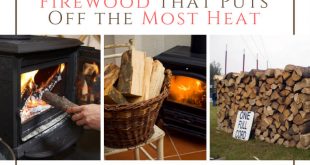
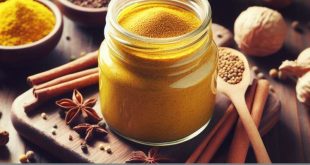
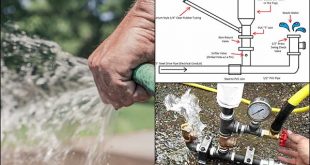
One comment
Pingback: Planting Fruit Trees: What You Need to Know - Home and Gardening Ideas